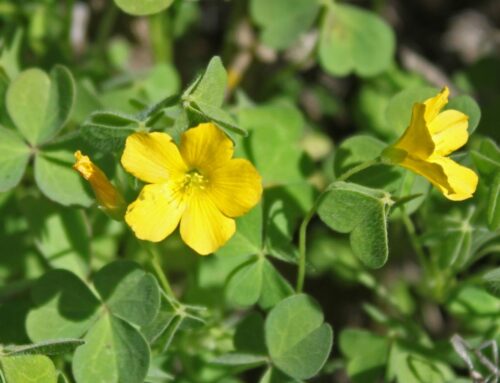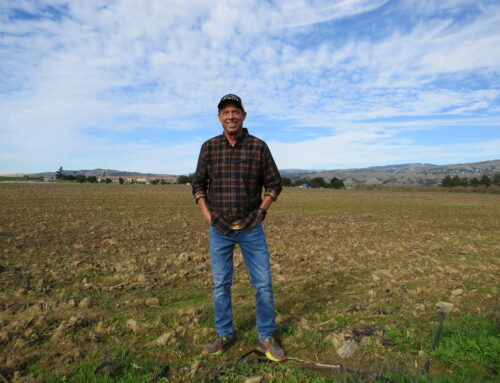Body parts could be 2,000 years old and will eventually be reburied at an undisclosed location
Published in the February 15 – 28, 2017 issue of Morgan Hill Life
By Staff Report

Ancient Indian remains at least 200 years old were discovered at a housing project in northeast Morgan Hill. The site is being searched with cultural sensitivity by archaeologists.
At the construction site of a housing development on Cochrane Road near Anderson Reservoir in late October an archaeologist field technician was following a bulldozer when he noticed what he thought might be human remains. A phone call went out to the Santa Clara County Medical Examiner’s Office to send a specialist to determine whether the body parts might involve a recent crime.
The remains turned out to be those of a Native American, most likely one who might have made a home in the South Valley region centuries ago. Archaeologists searching through the east Morgan Hill construction site soon found more ancient human remains.
Andrew Galvan, who is the curator of Mission Dolores in San Francisco and a descendant of coastal California’s Ohlone Indian tribe, was called in and appointed by the county to tend to what might be the remains of an ancestor.
“The medical examiner determined they were ancient remains,” Galvan said. “We don’t know how old, but they are more than 200 years old and as old as 2,000. That will be answered when the field work is completed.”
Archaeologists are still working on site and will be there through April, Galvan said. Work has been delayed because of all the rain this winter season, he added. He declined to say how many bodies have been found but said it is more than one.
The archaeologist who originally found the remains was on site as part of the permit process for the housing development.
By law, the Santa Clara County Medical Examiner’s Office contacted the Native American Heritage Commission, that was established 40 years ago, to be involved in the process of what to do next with the remains found at the housing development site.
The commission is asked to appoint a Most Likely Descendant individual to provide recommendations to the property owner for a dignified and sensitive treatment of those remains.
Galvan is the president of the board of directors for the Ohlone Indian Tribe and was appointed as the Most Likely Descendant because he can prove he had ancestors in the region prior to 1769, which marks the start of the Spanish colonization of California.
The first European contact with native people living in the region that is now Santa Clara County happened in March 1776 when the Juan Bautista de Anza explorers passed through the area.
Days after the discovery of the ancient remains, Galvan visited the site. All remains that may be discovered from the archaeologists search, will be reburied in an undisclosed location, he said.
“It’s an obligation I take seriously,” he said. “I got the call that this is probably a relative. It’s always difficult, emotional and spiritual. It often causes me to think of my own life.”
He said the Toll Brothers, the property developers, have been very cooperative with respect to the dignity given the remains.
They are developing estate homes as part of the San Sebastian project built on about 100 acres of land once owned by the Borello farming family.
Galvan’s first encounter with ancient Native American remains was in 1968 when he was 13.
He’s been involved in many discoveries throughout the San Francisco Bay Area and takes each and every one seriously, he said.
“I’m trying to provide dignity to those who died, and that’s my responsibility,” he said. “After all these years, it still brings to light the fact that I’m dealing with someone’s family member.”
Galvan, the developer and Morgan Hill city staff ask the public to be culturally sensitive about the remains.




